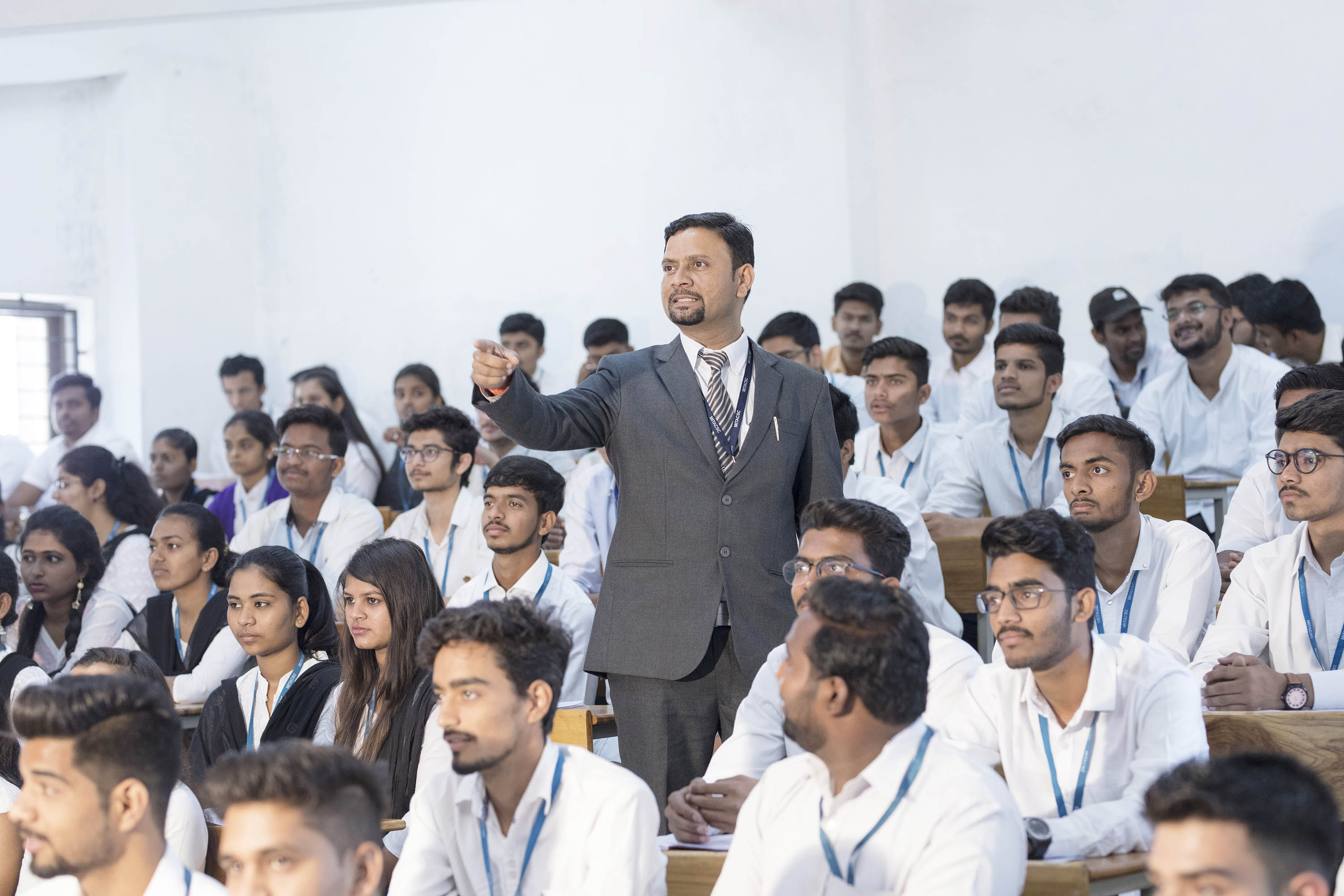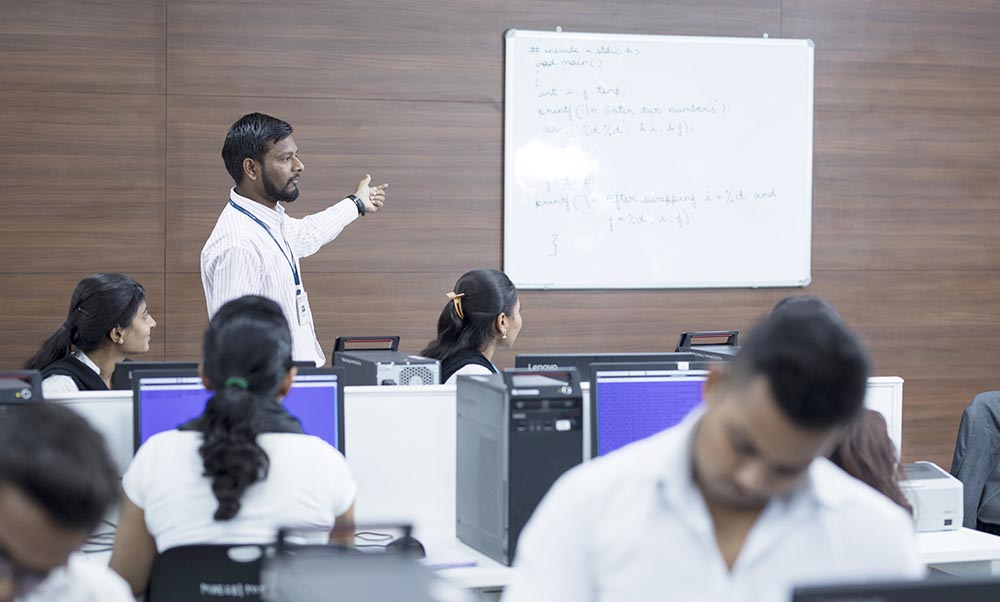
The Rise of STEM Education in the Indian Education System
Introduction :
In the dynamic scene of understudies' education, the advancement of STEM (Science, Innovation, Planning, and Math) vocations has reshaped the forms of learning. This article investigates the transformative outing of STEM education inside the Indian education system, revealing insight into how it gets ready understudies for the requests of the contemporary workforce, driving innovation, and encouraging one more time of educational excellence.
Transformative Shift Towards STEM:
STEM education has transformed into a foundation in the development of the Indian education system. Seeing the global interest for abilities in science, innovation, planning, and math, educational establishments have gone through a transformative shift. This shift isn't just a reaction to feature requests; it is an essential drive to furnish understudies with the devices important for outcome in an undeniably innovation driven world.
Incorporation of STEM Across Disciplines:
STEM education isn't restricted to independent courses; it penetrates across disciplines, making an interdisciplinary approach to learning. Customary subject limits are dark as understudies accept part in holistic open doors for development that associate speculative data with certifiable applications. This incorporation sets them up for the multifaceted challenges presented by STEM vocations.
Instinctive Learning and Practical Application:
The traditional redundancy learning perspective is giving way to natural learning procedures inside STEM education. Practical application takes need, with understudies actually participating in tests, projects, and critical thinking exercises. This involved approach encourages a profound comprehension of ideas and develops conclusive thinking abilities, arranging understudies for the dynamic thought of STEM careers.

STEM Vocations: A Way to Innovation:
STEM vocations are inseparable from innovation, and the Indian education system is changing itself to support the innovators of tomorrow. By underscoring inventiveness, critical thinking, and coherent thinking, STEM education lays the reason for understudies to become supporters of eminent disclosures and technological headways. The shift towards STEM isn't just about business; about cultivating a culture of innovation drives India onto the global stage.
Industry-Relevant Curriculum:
STEM education in India remains at the front line of educational innovation by embracing an industry-driven approach. The curriculum is carefully made through cooperative endeavors with prepared industry specialists, bringing about a dynamic learning system. This essential organization guarantees that understudies go through a transformative educational outing, graduating with speculative data as well as, more critically, with practical abilities directly relevant to the creating workplace scene.
The symbiotic relationship between STEM education and industry requests is a foundation of this approach. By changing coursework to the continuous needs of different areas, understudies are outfitted with a tool stash of capabilities that consistently incorporates with the professional milieu. This proactive measure significantly upgrades the employability of graduates, making a capacity pool that is academically competent as well as open to the dynamic challenges of STEM careers. The industry-relevant curriculum fills in as an expansion among the academic world and business, guaranteeing that STEM-educated people step into the workforce with a holistic range of abilities, ready to contribute earnestly to the reliably changing scene of science, innovation, planning, and math.
Addressing the Gender Gap in STEM:
By and large, there has been a gender gap in STEM fields, with women underrepresented. The ascent of STEM education in India is really addressing this cumbersomeness by engaging and empowering female understudies. Initiatives are in the works to kill gender generalizations, offering comparable chances to young ladies to prevail in STEM subjects and seek after fulfilling professions in these spaces.
STEM Education and Global Competitiveness:
India's commitment to STEM education improves its global competitiveness. As innovation keeps on driving global advancement, countries with a solid groundwork in STEM are ready for administration. STEM-showed people from India add to the global capacity pool, situating the country as a middle for innovation and technological ability.
Challenges and Opportunities in STEM Education:
While the ascent of STEM education is promising, challenges continue. Admittance to quality STEM education, teacher getting ready, and framework are regions that require ceaseless improvement. Regardless, these challenges present opportunities for innovation in showing strategy, curriculum improvement, and interest in educational assets.
Government Initiatives and Policies:
Seeing the significance of STEM education, the Indian government has familiar different initiatives and policies to advance its combination into standard education. These initiatives hope to interface gaps, overhaul the nature of STEM education, and make an ecosystem that sustains one more age of gifted professionals.
Conclusion:
In conclusion, the ascent of STEM education in the Indian student education system denotes a transformative time. By encouraging an interdisciplinary approach, underscoring practical application, and preparing understudies for innovation, STEM careers turn into the catalyst for India's technological leap. As the country explores the challenges and opportunities in this space, STEM vocations emerge as ways to function as well as roads for molding the possible destiny of innovation, science, planning, and math on a global scale. The journey towards excellence in STEM education positions India as a focal member in the spreading out story of educational innovation and readies its understudies for the dynamic scene of tomorrow's professions.








